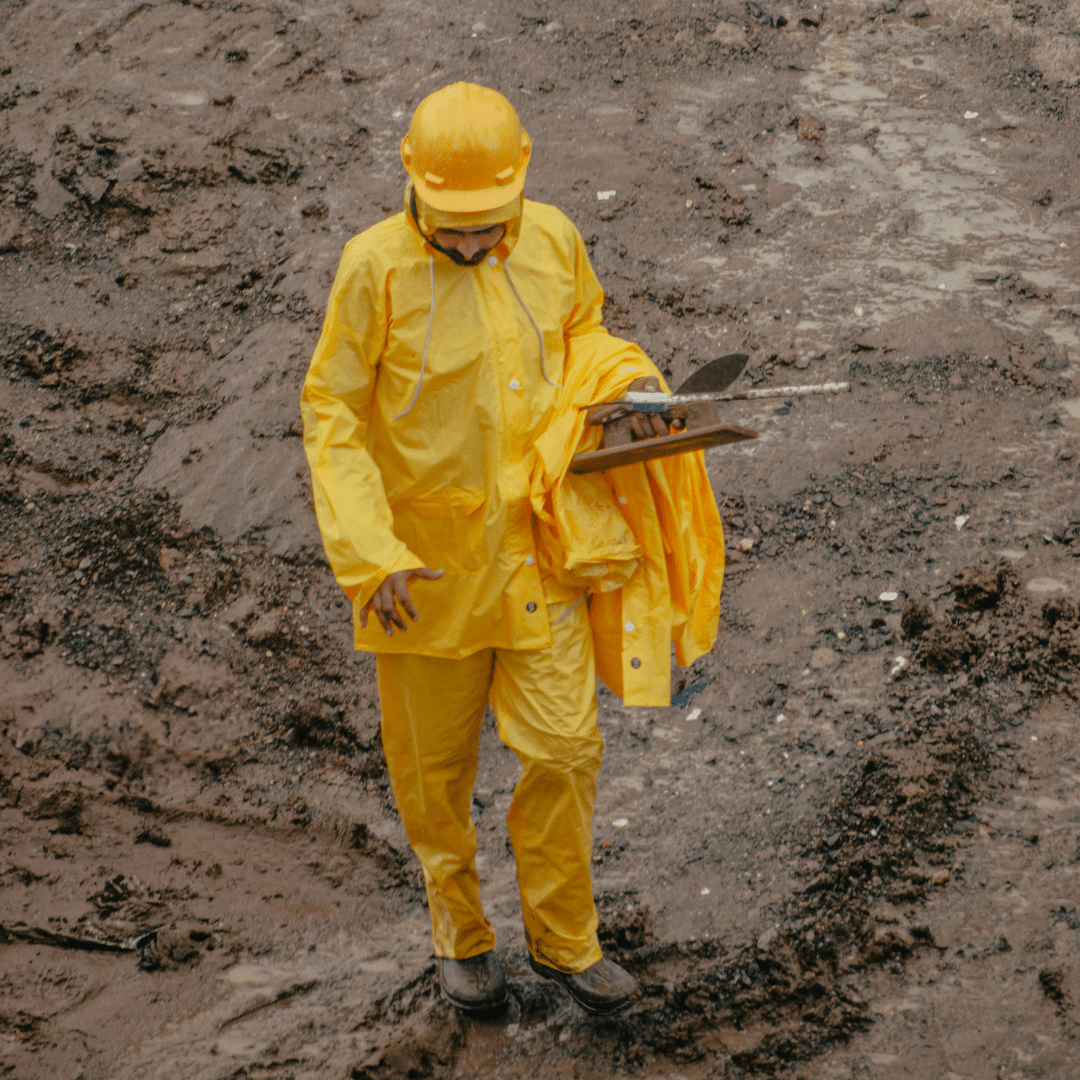When considering a commercial real estate transaction, knowing what is included in a Phase I Environmental Site Assessment is critical to the project’s success.
A Phase I Environmental Site Assessment (ESA) is a proactive step in identifying potential environmental liabilities that could impact the value and safety of a property.
Let’s explore the key components of a Phase I ESA, from historical records review to site reconnaissance, to help you understand how this process safeguards your investment, and why skipping it could lead to costly delays, fines, and more.
What is a Phase I Environmental Site Assessment?
A Phase I Environmental Site Assessment is a thorough evaluation to identify any Recognized Environmental Conditions (RECs) associated with a property. RECs refer to the presence or likely presence of hazardous substances or petroleum products on or near the property, which could pose risks to human health or the environment.
This assessment is often required in commercial real estate transactions, primarily when a buyer seeks financing from a lender. Banks and financial institutions rely on Phase I ESAs to ensure that a property does not carry hidden environmental risks that could decrease its value or lead to costly cleanups.
What Is Included In A Phase I Environmental Site Assessment
A Phase I ESA involves four primary steps, each designed to uncover environmental concerns that may not be immediately visible.
Step 1: Records Review: Digging Into the Property’s Past
The first step in a Phase I ESA is an exhaustive review of historical records related to the property. This research helps uncover past uses that might have led to environmental contamination. Here’s what is typically examined:
- Aerial Photographs provide a bird’s-eye view of how the property and surrounding areas have evolved. For instance, an aerial photo from the 1970s might reveal that a seemingly pristine lot was once home to a salvage yard.
- Sanborn Fire Insurance Maps aim to help insurers assess fire risks but now serve as valuable tools for identifying past industrial or commercial operations on a property.
- City Directories and Land Title Records help trace the property’s ownership and occupancy history. A former tenant listed as a “dry cleaner” could raise red flags due to the industry’s historical use of hazardous chemicals.
- Environmental Databases, such as those maintained by the Environmental Protection Agency (EPA), are searched for any records of spills, hazardous waste disposal, or contamination incidents associated with the property.
- Regulatory Agency Records from local and state environmental agencies may include documented past violations, cleanup efforts, or permits for handling hazardous materials.
Step 2: Site Reconnaissance: What Does the Eye See?
After reviewing historical records, the next step is physically inspecting the property. This inspection is not just a quick walkthrough; it’s a detailed examination to spot any visible signs of environmental contamination.
During the site visit, environmental professionals look for:
- Stained Soil or Unusual Odors: Discolored soil or strong chemical smells can be telltale signs of spills or leaks. For example, a faint gasoline odor near an old garage might indicate a leaking underground storage tank.
- Abandoned Drums or Containers: Rusted barrels or unlabeled containers could hold hazardous substances that were never properly disposed of.
- Surface Water Contamination: If a nearby stream or pond has an oily sheen or unusual discoloration, it could indicate runoff from the property or adjacent sites.
- Building Materials: Older structures may contain asbestos or lead-based paint, posing health risks if disturbed.
- Improper Waste Storage: Overflowing dumpsters or improperly stored chemicals are immediate red flags.
Step 3: Interviews with Key Individuals: Uncovering Hidden Histories
While historical records and site inspections provide valuable information, sometimes the most critical insights come from conversations with people familiar with the property. Interviews help fill in the gaps that documents might miss.
Who gets interviewed?
- Current and Past Owners or Tenants: These individuals can provide firsthand accounts of the property’s use. A former tenant might remember a chemical spill that was never reported or properly cleaned up.
- Local Government Officials: Zoning officers, environmental regulators, or fire marshals may know about past incidents or permits that do not appear in public records.
- Neighbors: Nearby business owners or residents might know about issues affecting the property and surrounding area. For example, they might recall when industrial waste was dumped in a nearby lot.
Step 4: Report Compilation and Recommendations: Putting It All Together
The final step of a Phase I ESA is compiling all findings into a comprehensive report. This document is more than just a summary—it’s a tool that helps buyers, sellers, and lenders make informed decisions about the property.
A typical Phase I ESA report includes:
- Executive Summary: A clear overview of the assessment findings, highlighting any Recognized Environmental Conditions.
- Detailed Historical and Site Information: Documentation of all records reviewed and site observations made during the reconnaissance.
- Photographs and Maps: Visual evidence of the property’s condition, including any areas of concern.
- Conclusions and Recommendations: If environmental risks are identified, the report will suggest next steps, such as a Phase II ESA for further investigation.
When to Proceed to a Phase II ESA
A Phase II Environmental Site Assessment is recommended if the Phase I ESA identifies potential contamination—such as stained soil, chemical odors, or past industrial use. This next phase involves collecting soil and groundwater samples to confirm the presence of contaminants and assess their extent.
Protect Your Investment with CES
At Creative Environmental Solutions, Inc. (CES), we bring 150 years of experience to every project and know well what is included in a Phase I Environmental Site Assessment.
Our team of expert geologists and engineers delivers thorough, accurate assessments to uncover hidden environmental risks, whether you are purchasing a small commercial lot in Orlando or evaluating an industrial site in Miami. As part of our comprehensive services, we can also assist with obtaining any necessary environmental permits or navigating the permitting process, ensuring that all regulatory requirements are met.
A Phase I ESA is more than a regulatory step—it is essential for safeguarding your investment, avoiding costly cleanups, and ensuring compliance with environmental regulations. Contact us today to schedule your assessment and move forward with confidence.






